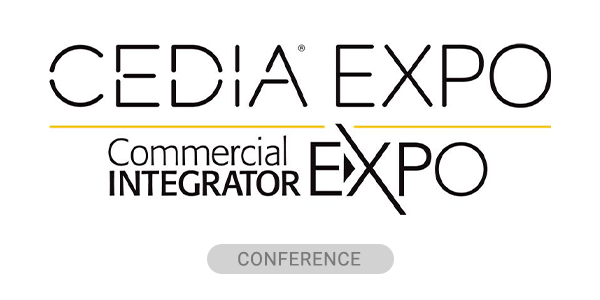For years, AV system automation just did what it was told. It followed scripts, triggered actions on a schedule and responded to button presses. It wasn’t intelligence — it was automation. Simple, rule-based and static.
That model is starting to change.
Now we’re seeing the rise of agentic AI: systems that can take in what’s happening around them, decide what needs to be done and act — without waiting for a command. It’s a big shift, and it opens the door to smarter, more responsive AV environments.
But intelligence on its own isn’t enough. These systems need context, too. They need to understand what a device is, how it’s configured to be part of a complete system, and what matters in the moment. That’s only possible when all devices in a space are viewed together.
This article explores what agentic AI needs in order to work — and why a shared structure like the Model Context Protocol (MCP) is key to making it all come together.
Why Agentic AI Needs More Than Just Data
Agentic AI doesn’t follow a script — you give it a goal and access to data, and it figures out the rest on its own, adjusting to new inputs and making decisions as things change. But it can only do that if it understands the world around it.
Even when the data exists, it still has to reach the agent. This is where things get complicated. The devices are on-site, capturing what’s happening in the room, but not all devices or data are accessible through the cloud, so it’s difficult for the AI doing the thinking to understand the context.
AV installations are almost always complex, integrated solutions comprised of devices from multiple vendors. And while an AI agent might be able to access data from one device, but without insight into how that device fits into the larger system — how it’s configured, what it connects to and what role it plays — the agent can’t make informed decisions. To bridge that gap, we need a simple, consistent way to turn what’s happening in the real world into something the AI agent can actually understand and use.
Despite the name, MCP doesn’t supply the context itself — it simply makes the context already provided by a device or platform accessible to any AI agent, without the need for custom integrations. MCP acts as a shared language that allows all agents to talk to any MCP-enabled system, using a consistent, structured format. It’s this uniformity that allows agents to interpret data reliably and take action.
Why This is Important and How it Looks in Practice
All this isn’t just theory — it’s already happening. Organizations are using MCP-style models to get a handle on all the devices they’re running, especially when those devices come from different vendors. It makes things like health monitoring and status tracking a lot easier to manage, because everything speaks the same language.
For integrators and MSPs, AI teammates can dramatically streamline operations by proactively identifying issues, suggesting resolutions, and automating routine maintenance tasks, enabling the MSP to deliver a higher level of service across more sites and customers without adding headcount.
In one case, an agent noticed that a device had been acting a little off — not broken, just not quite right. It caught the issue before anyone even noticed, giving maintenance a chance to step in before it turned into a real problem. In another case, a scheduling assistant reassigned a meeting room on the fly when it saw the setup didn’t match what was needed. The team walked into a working room without ever knowing there’d been a mismatch.
We’ve even seen pilots where a room adjusts itself automatically — changing lighting, reconfiguring inputs, or switching display modes — based on who shows up or what kind of meeting is happening. None of this requires custom code or special setups. It just works because the systems involved can actually understand each other.
What Happens Next
Agentic AI is no longer just an idea on the horizon. It’s already appearing in real deployments and the push to reduce complexity and make AV systems smarter is only gaining speed. MCP offers a practical foundation for that shift — enabling consistent structure across devices, platforms and use cases.
By standardizing how systems expose their context, MCP gives developers a clearer integration path, including the freedom to create agents that work across environments. IT teams and MSPs gain more reliable data and everyone wins.
The result: fewer headaches, faster resolutions and systems that just work.
AV systems are already well connected. The next step is helping them make sense of one another — and that’s exactly the role MCP is designed to play.
Omer Brookstein is CEO and co-founder of Xyte.




